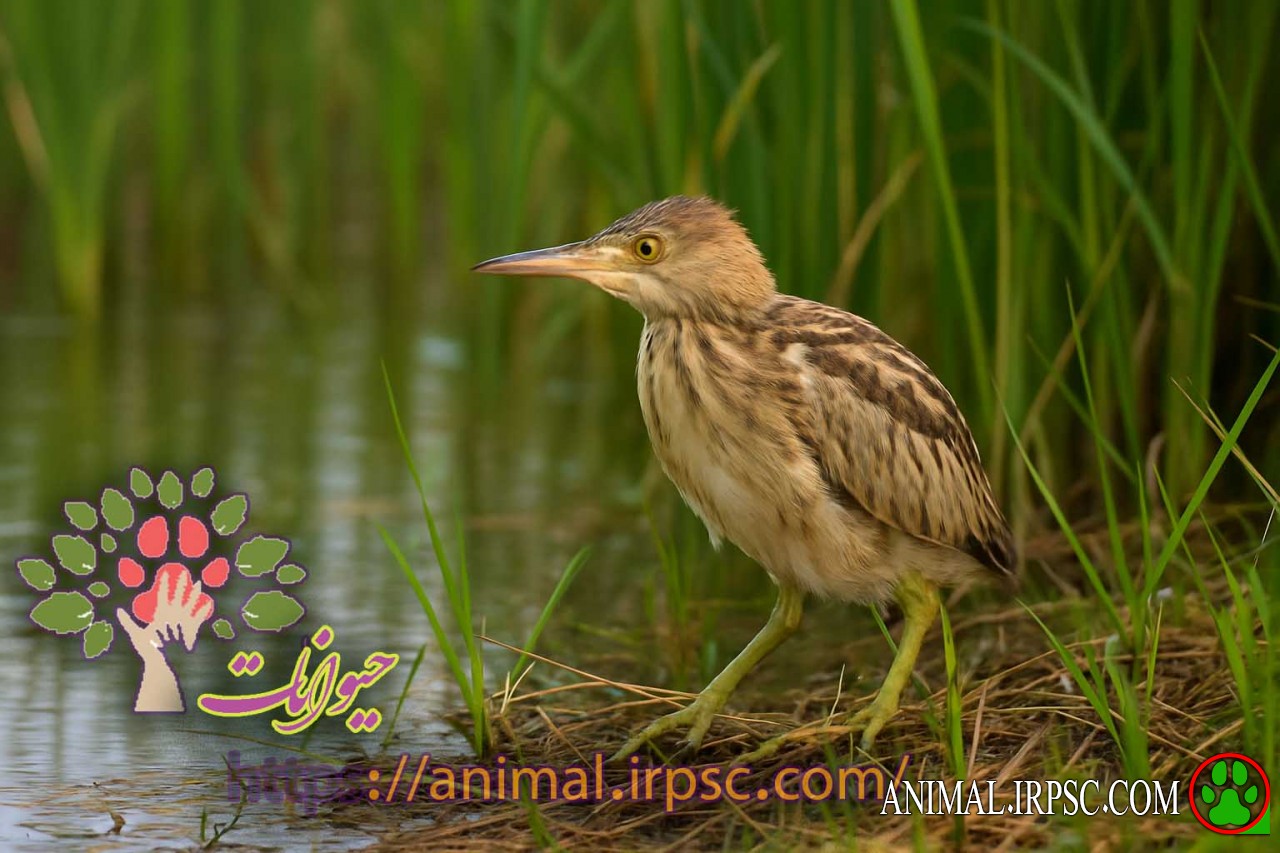Saving the Butimar chick and the role of the Bird Branch Campaign in protecting waterfowl habitats
Saving a Young Little Bittern and Returning It to Nature
Introduction
Birds are among the most delicate and fascinating creatures of nature. They not only contribute to biodiversity but also play a vital role in the balance of ecosystems. Among them, the Little Bittern (Ixobrychus minutus), a small heron species often found in wetlands, holds a special place.
Sometimes, due to their vulnerable stage of growth, young Little Bitterns may be seen on roadsides or human-dominated areas. In such cases, the question arises: What should we do to ensure the bird’s safety and return it to its natural environment without causing harm?
This article provides guidance for those who encounter such situations, emphasizing responsible action, minimal interference with nature, and safe reintegration of the bird into its habitat.
Understanding the Little Bittern
The Little Bittern is a secretive waterbird that prefers dense reed beds and wetlands. It feeds mainly on fish, amphibians, and insects. Its cryptic plumage and elusive behavior make it difficult to spot, but it plays an important role in controlling insect and small fish populations.
Juveniles of this species often appear clumsy and are unable to fly long distances until their wings fully develop. When encountered outside their natural habitat, they may seem abandoned, but in many cases, their parents are nearby.
Principles of Responsible Action
Before attempting to rescue or handle a bird, it is important to remember the following principle: do not interfere unnecessarily in the natural cycle of life.
-
Observation First
-
If you find a young Little Bittern near a road or open area, observe it from a safe distance.
-
If it shows no visible injuries, there is a high chance that it does not need human intervention.
-
-
Avoid Immediate Handling
-
Handling a young bird may cause stress or even rejection by its parents.
-
Interference should only occur if the bird is in imminent danger (e.g., in the middle of a busy road).
-
-
Returning to Habitat
-
If the bird is healthy but in a dangerous location, gently place it in a safe box or basket with ventilation and transport it a short distance to the nearest wetland or reed bed.
-
Always choose a quiet, natural area far from human disturbance.
-
-
If Injured
-
In case of visible injuries or weakness, contact a local wildlife rehabilitation center or a trusted bird protection group.
-
Do not attempt to feed it bread, milk, or processed food, as these are harmful. Fresh fish or small insects are closer to its natural diet.
-
Why Not Keep It as a Pet?
Birds such as the Little Bittern are wild species that belong to nature, not to human households. Keeping them in captivity deprives them of natural learning, such as hunting, avoiding predators, and migrating. Furthermore, captivity reduces their lifespan and prevents them from fulfilling their ecological role.
Steps for Safe Temporary Care
If immediate relocation to the natural habitat is not possible, temporary care may be necessary:
-
Place the bird in a ventilated cardboard box with soft cloth at the bottom.
-
Keep it in a quiet, dark space to reduce stress.
-
Avoid frequent handling or exposure to pets and children.
-
Release it into its natural habitat as soon as possible.
Education and Awareness
Cases like finding a juvenile Little Bittern provide opportunities to raise awareness about bird conservation. Educating local communities about the importance of not disturbing bird habitats and respecting natural processes can reduce unnecessary interference.
Campaigns and organizations dedicated to bird conservation, such as Bird Protection Branches and Animal Welfare Systems, play a crucial role in spreading this knowledge.
Conclusion
Finding a young Little Bittern by the roadside can be an emotional experience, but our actions must always be guided by respect for nature’s order. By observing first, interfering only when necessary, and ensuring safe return to wetlands, we can protect this delicate species without disrupting its natural development.
Ultimately, the best way to help is not only by saving an individual bird but also by preserving the wetland habitats that sustain them. Through awareness, community involvement, and support for bird protection campaigns, we can ensure that the Little Bittern and countless other bird species continue to thrive in our ecosystems.

